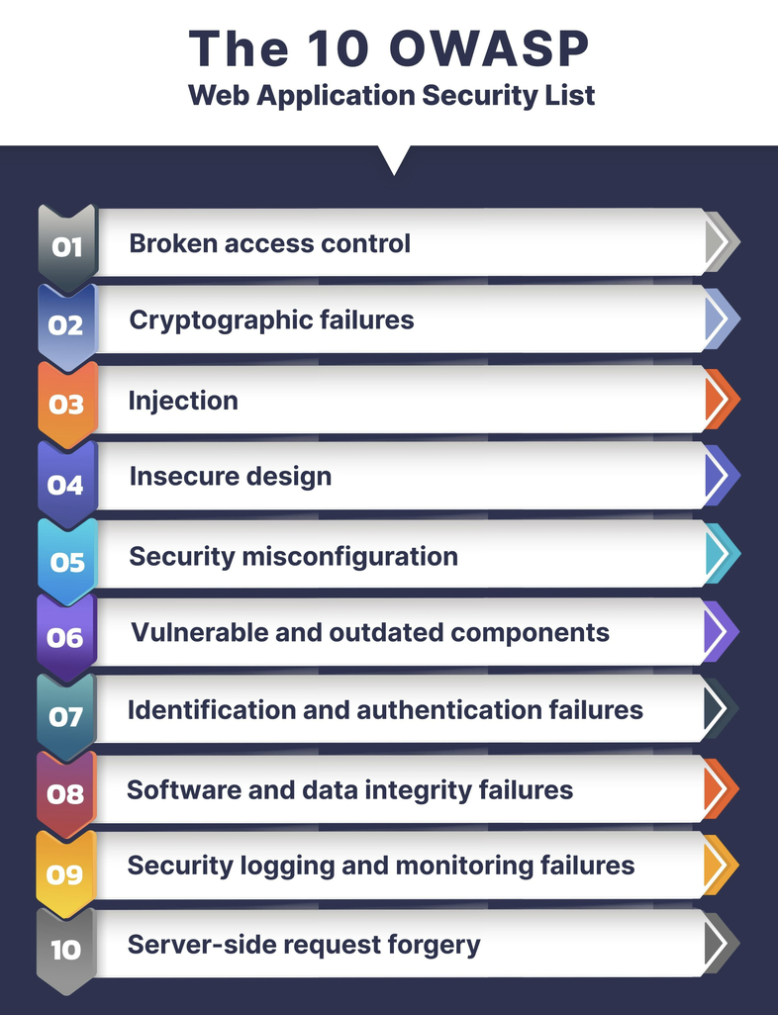Application Pentesting
SecLink application pentesting brings together dedicated security experts, intelligent process, and advanced technology to improve application security and reduce risk to your business.

Application Penetration Testing
Our application pentesting services identify, validate, and prioritize security vulnerabilities in your web, mobile and wechat Mini applications. We also perform API pentesting.
SecLink application pentesting brings together dedicated security experts, intelligent process, and advanced technology to improve application security and reduce risk to your business.
Linking to a Secure Future
You deserve The SecLink Advantage
Security Experts
- Bilingual (Chinese and English) technical team
- Domain expertise
- Certified professionals
Intelligent Process
- Programmatic approach
- Strategic guidance
- Delivery management team
Advanced techs
- Consistent quality
- Deep visibility
- Transparent results
Our Application Pentesting Solutions
We provide comprehensive security testing for web applications, mobile applications, APIs, and WeChat mini programs. Our services identify and address vulnerabilities, ensuring robust protection against potential threats and safeguarding your digital assets.
Web Applicaiton
Identifies and fixes vulnerabilities in web applications, focusing on areas like authentication, input validation, and common threats such as SQL injection and XSS.
Mobile Application
Evaluates the security of mobile apps, checking for issues in data storage, communication, and potential threats like insecure authentication and data leaks.
API
Ensures the security of APIs by testing for vulnerabilities such as improper authentication, authorization issues, and data exposure risks.
Wechat Mini Program
Examines WeChat mini programs for security flaws, focusing on data protection, code security, and preventing unauthorized access and data breaches.
What we look for during web application penetration testing
Injection slides down to the third position. 94% of the applications were tested for some form of injection with a max incidence rate of 19%, an average incidence rate of 3%, and 274k occurrences.
The authentication mechanism is an easy target for attackers since it’s exposed to everyone. Although more advanced technical skills may be required to exploit some authentication issues, exploitation tools are generally available.
Over the last few years, this has been the most common impactful attack. The most common flaw is simply not encrypting sensitive data. When crypto is employed, weak key generation and management, and weak algorithm, protocol and cipher usage is common, particularly for weak password hashing storage techniques. For data in transit, server-side weaknesses are mainly easy to detect, but hard for data at rest.
By default, many older XML processors allow specification of an external entity, a URI that is dereferenced and evaluated during XML processing.
Access control weaknesses are common due to the lack of automated detection, and lack of effective functional testing by application developers.
Security misconfiguration can happen at any level of an application stack, including the network services, platform, web server, application server, database, frameworks, custom code, and pre-installed virtual machines, containers, or storage.
XSS is the second most prevalent issue in the OWASP Top 10, and is found in around two thirds of all applications.
This issue is included in the Top 10 based on an industry survey and not on quantifiable data.
Some tools can discover deserialization flaws, but human assistance is frequently needed to validate the problem.
Prevalence of this issue is very widespread. Component-heavy development patterns can lead to development teams not even understanding which components they use in their application or API, much less keeping them up to date.
Exploitation of insufficient logging and monitoring is the bedrock of nearly every major incident.
Attackers rely on the lack of monitoring and timely response to achieve their goals without being detected.




